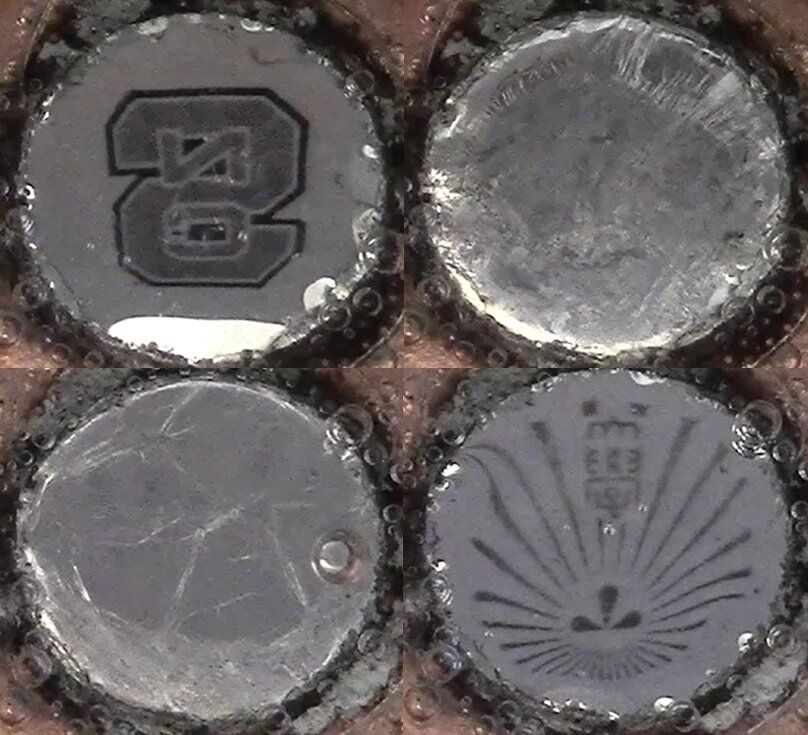Researchers have developed a way to dynamically switch the surface of liquidmetal between reflective and scattering states. This technology could one day be used to create electrically controllable mirrors or illumination devices.
Liquid metals combine the electrical, thermal and optical properties of metals with the fluidity of a liquid. The new approach uses an electrically driven chemical reaction to create switchable reflective surfaces on a liquid metal. No optical coatings nor polishing steps, which are typically required to make reflective optical components, are necessary to make the liquid metal highly reflective.
In the Optical Society (OSA) journal Optical Materials Express, researchers led by Yuji Oki of Kyushu University in Japan show that switching between reflective and scattering states can be achieved with just 1.4 V, about the same voltage used to light a typical LED. The researchers collaborated with Michael D. Dickey’s research team at North Carolina State University to develop the new method, which can be implemented at ambient temperature and pressures.
